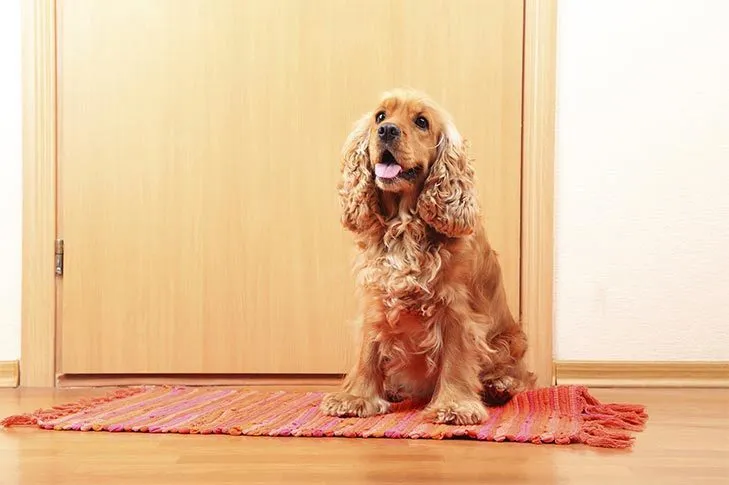Enabling your dog to clearly communicate their need to go outside can transform your daily routine and strengthen your bond. The “Bell For Dog To Ring To Go Out” method is a simple yet effective way to teach your canine companion to signal their bathroom needs independently. This training not only reduces accidents indoors but also fosters a deeper understanding between you and your pet, leading to a more harmonious home environment. Whether you’re working with a new puppy or a rescue dog, integrating a clear communication system like bell training can significantly improve their confidence and your quality of life together. If you’re looking for comprehensive guides to assist with toilet training, consider learning how to potty train a rescue dog for additional insights.
Choosing the Right Communication Tool: Bells or Buttons
When teaching your dog to signal their need to go outside, you have a couple of excellent options for communication tools. The most straightforward and budget-friendly choice involves using bells, typically hung from a doorknob or placed near the exit door. These provide an audible signal that you can hear readily. For a more technologically advanced approach, consider “talking buttons.” These recordable buttons, popularized by Christina Hunger and her work with “Hunger4Words,” allow you to teach your dog to use specific words to communicate desires. While bells offer a simple solution, talking buttons open up a broader world of communication for your dog, allowing them to express various needs beyond just going outside. Both methods fall under the umbrella of neat tricks to teach your dog that can significantly improve your interaction.
Step-by-Step Guide: Teaching Your Dog to Ring the Bell
The key to successfully teaching your dog to use a bell or button is to demonstrate the desired behavior repeatedly, allowing them to mirror your actions and associate the action with going outside. This approach emphasizes independent communication rather than simply responding to a command.
Step 1: Introduction and Familiarization
Begin by introducing the bell or button to your dog. Allow them to sniff, inspect, and explore it without any pressure. Reward any curiosity or engagement with treats and praise. The goal is for your dog to view the object positively and not as something to be feared or ignored.
Step 2: Association through Repetition
Place the chosen communication tool near the door you use most frequently for potty breaks. Every single time you take your dog out, gently press the button or ring the bell yourself. Consistency is paramount here; the more consistently you do this, the quicker your dog will associate the sound of the bell or button with going outside. This repetitive action helps solidify the connection in your dog’s mind, creating a clear link between the signal and the outdoor excursion.
 English Cocker Spaniel sitting on a rug near the door.
English Cocker Spaniel sitting on a rug near the door.
Step 3: Encouraging Independent Ringing
Dogs are incredibly observant, learning a great deal by watching our actions. After consistently seeing you ring the bell before heading outdoors, your dog will begin to understand its purpose. Continue your consistent demonstrations until your dog starts to ring the bell or press the button without any prompting from you. The moment they do, offer enthusiastic praise and immediately take them outside. This positive reinforcement reinforces the desired behavior and strengthens their understanding. This process is similar to teaching other behaviors and tricks to teach your dog and how guides can offer additional insights into canine learning.
Enhancing Your Bond and Home Harmony
A shared language, whether through bells or buttons, significantly enhances the relationship between you and your dog. This clear line of communication can drastically reduce frustration for both parties, as your dog no longer needs to resort to less desirable behaviors like scratching at the door or even howling and barking at the door to get your attention. When your dog can clearly articulate their needs, it builds trust and strengthens your bond. An added benefit is that this system helps other household members or pet sitters, who might not be as attuned to your dog’s subtle signals, to understand when your dog needs to go outside.
 French Bulldog laying next to a leash at the door waiting to be walked.
French Bulldog laying next to a leash at the door waiting to be walked.
Conclusion
Teaching your dog to use a bell or button to signal their need to go outside is a rewarding endeavor that offers numerous benefits. It’s a straightforward training process that empowers your dog with a voice, reduces indoor accidents, and significantly enhances communication within your home. By patiently demonstrating the behavior and consistently reinforcing it, you’ll soon have a dog who can politely inform you when it’s time for a potty break. Start this journey today to build a stronger, more communicative relationship with your beloved canine companion.
